What Business Owners Need to Know About Minnesota's ESST

Starting January 1, 2024, Minnesota's Earned Sick and Safe Time (ESST) law reshaped the landscape for employers. While navigating new policies can feel daunting, understanding ESST's implications can empower you to proactively manage your workforce.
TL;DR Version:
Starting Jan. 1, 2024, all Minnesota employers are required to provide employees with a minimum level of paid time off, called Sick and Safe Time.
This will require some employers to provide PTO for the first time, and all employers should review their PTO policies to make sure they are in compliance, as well as give a proscribed notice to employees.
Minnesota ESST applies to employees who work at least 80 hours a year (including part-time employees, but not including contractors).
- Employees can use this time for sickness, family care, escaping domestic violence, school closures, and more (below).
- Employers must provide Earned Sick and Safe Time for employees at a minimum rate of 1 hour ESST for every 30 hours worked.
- What employers need to do: Notify employees immediately, track earned hours and disclose them on paychecks, update payroll systems, and update employee handbook.
- Failure to put compliant policies and processes in place may lead to fines from the DOLI, backpay including liquidated damages, and out-of-pocket expenses.
- An unlimited PTO policy or one that otherwise exceeds the stated minimum complies, but employers still need to give required notices.
Full Version:
What is ESST?
Earned Sick and Safe Time is paid leave employers must provide to employees in Minnesota that can be used for certain reasons, including when an employee is sick, to care for a sick family member, or to seek assistance if an employee or their family member has experienced domestic abuse, sexual assault, or stalking. ESST must be paid at the same hourly rate an employee earns when they are working.
Who is Eligible for ESST?
An employee is eligible for ESST if they:
- Work at least 80 hours a year for an employer in Minnesota; and
- Are not an independent contractor.
*Note: temporary and part-time employees are eligible for ESST. *
How are ESST Hours Accrued and Used?
- Employees accrue at least 1 hour of ESST for every 30 hours worked unless an employer frontloads ESST hours (Example below).
- ESST begins accruing on the first day of work and employees are allowed to use hours as they accrue.
- Employers must allow an employee to accrue at least 48 hours of ESST every year and to roll over unused hours to the next year up to a maximum accrual of at least 80 hours (Example below).
- Employers can require documentation from employees when ESST is used for more than three consecutive days.
How Employers Become Compliant with ESST?
Employers must notify their employees about their Earned Sick and Safe Time entitlement as soon as possible. Here (under the resources section), you can find a sample of this notice. Next, employers must track the time and disclose how much time each employee has earned by disclosing on payroll statements. This means employers will need to update their payroll systems. Employers will also need to update the employee handbook to add the ESST policy.
What Can ESST Be Used For?
Employees can use earned hours for:
- The mental or physical illness, treatment, or preventive care of an employee or their family member;
- Absence due to domestic abuse, sexual assault, or stalking of an employee or their family member; and
- Closure of an employee’s workplace due to weather or public emergency, or closure of their family member’s school or care facility due to weather or public emergency.
What Penalties or Risks Apply for Employers who are not Compliant with ESST?
Noncompliant Employers may be subject to fines by the Minnesota Department of Labor and Industry (DOLI), backpay including liquidated damages, and out-of-pocket expenses.
Examples (Employers must determine the rate of accrual specifically for their business)
Frontloading
- Frontloading is when the employer provides all PTO at the beginning of the year. In this example, the employee must receive a minimum of 48 hours to begin the year. Note: 48 hours is the minimum, and employers may choose to give more hours.
Roll Over
- For this example, assume the employee earns the required minimum of 1 hour of ESST for every 30 hours worked. If an employee does not use their ESST at the end of the year, they will roll over. The employee will continue to earn hours at the same rate the next year but will only be able to accrue up to 80 hours of ESST. (Note: the employer may allow for accrual of more than 80 hours.)
Seniority (Years of service)
Employees who have worked at the company longer receive a higher accumulation rate. Under Minnesota’s rule, the employer may give more than the minimum.
- If an employee who has worked at the company for 1 year earns 1.5 hours of ESST for every 40 hours worked.
- Under the Minnesota rule, this example meets the accrual requirement because the employee earns more than 1 hour of paid time off for every 30 hours worked.
- If an employee who has worked at the company for 1 year earns 1.4 hours of ESST for every 40 hours worked.
- Under the Minnesota rule, this example meets the accrual requirement because the employee earns more than 1 hour of paid time off for every 30 hours worked.
- If an employee who has worked at the company for 1 year earns 1.2 hours of ESST for every 40 hours worked.
- This example is NOT allowed under the Minnesota rule because at 60 hours worked the employee would have accrued 1.8 hours. (The rule mandates a minimum of 2 hours for 60 hours worked)
Unlimited PTO
- If an employer offers unlimited PTO, the employee will have more than the required minimum hours to use. An unlimited PTO policy would make the employer compliant with the Minnesota Earned Sick and Safe Time rule.
For information from the State of Minnesota Department of Labor and Industry (DOLI) visit their website here.
If your business needs help with the new regulation, contact North Star Law PLLC at 651-363-4976



